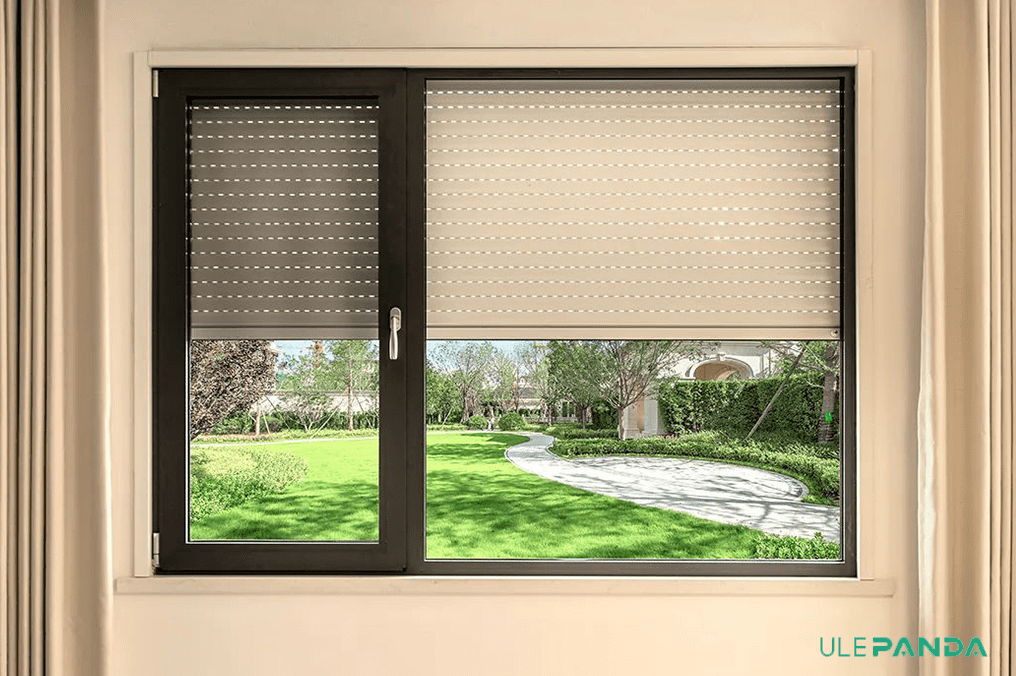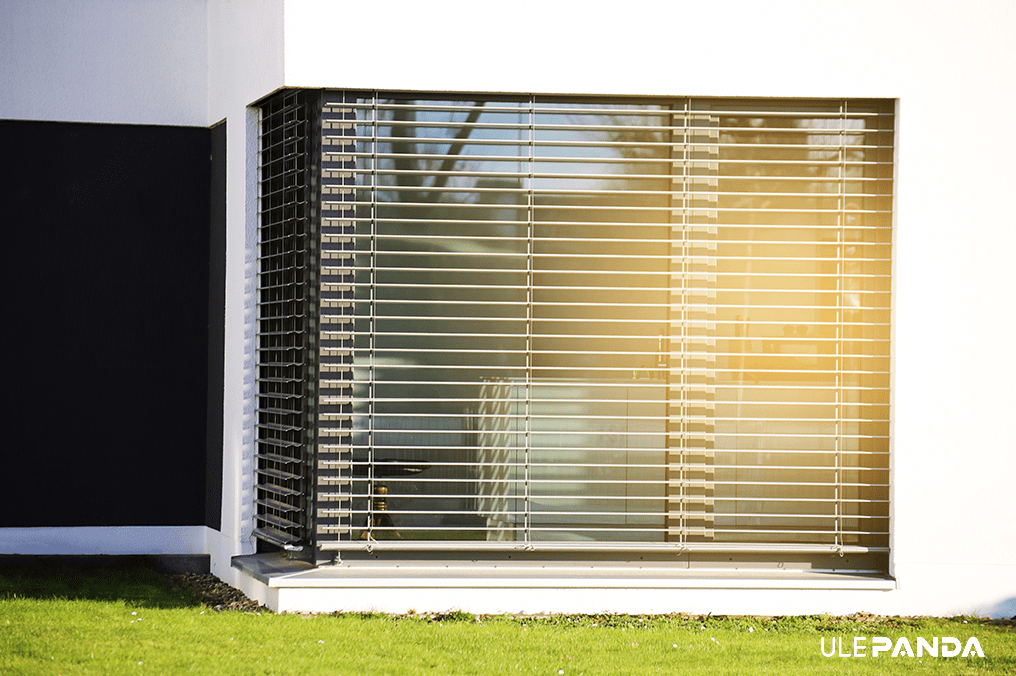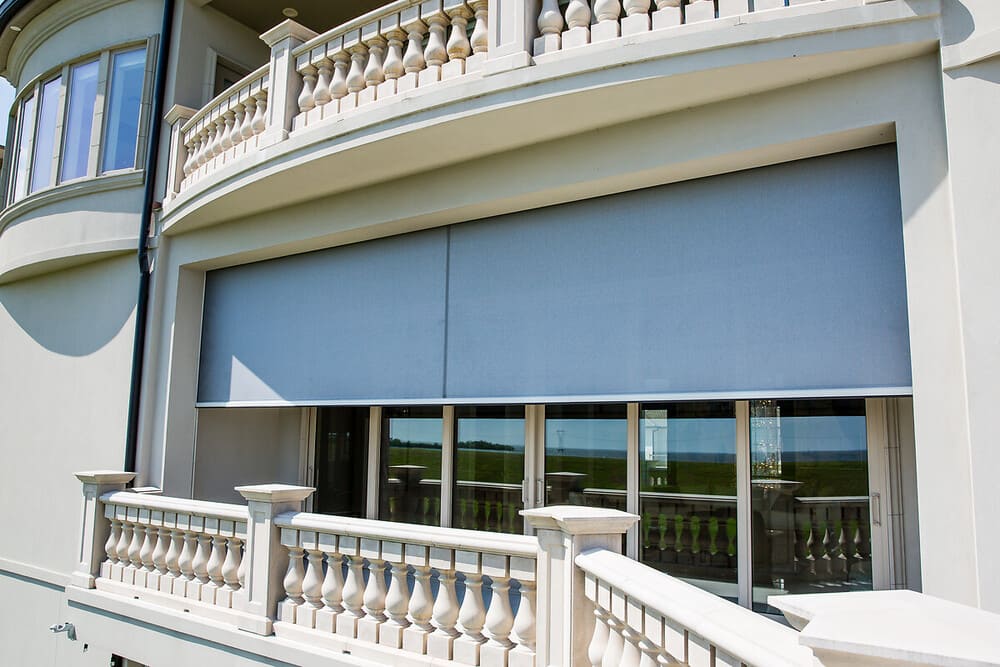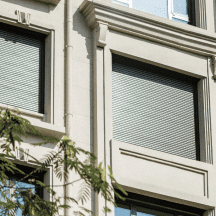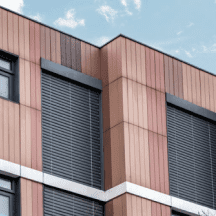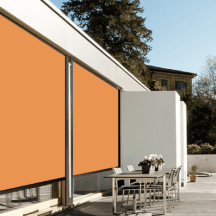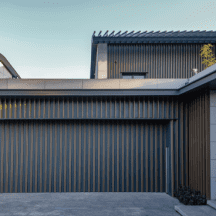MEDIA CENTER
Jul 31th, 2024
The Eco-Friendly Choice with Three-Star Green Building Material Certification
As global attention on environmental protection and sustainable development continues to grow, various industries are actively exploring greener solutions. The external shading product industry is no exception. Our company’s external shading products use aluminum that has received a three-star green building material certification. This aluminum not only excels in energy conservation and emission reduction but also offers numerous other environmental benefits. This article will explore the application of aluminum as a green material in external shading products and the various advantages it brings.
The Significance of the Three-Star Green Building Material Certification
The three-star green building material certification represents the highest level of environmental certification for building materials, indicating excellent performance in terms of environmental protection, energy conservation, and resource utilization. Aluminum that has received this certification demonstrates minimal environmental impact throughout its production and usage processes and meets stringent green building material standards.
The Environmental Advantages of Aluminum
High Recyclability: Aluminum is a highly recyclable material with a significant reuse value. Statistics show that about 75% of aluminum worldwide can be recycled. This characteristic makes aluminum advantageous in terms of resource utilization and environmental protection.
Low Pollution Production Process: Compared to other metal materials, the production process of aluminum generates less pollution. Additionally, advancements in modern aluminum production technology have continuously reduced energy consumption and waste emissions, further enhancing its environmental performance.
Lightweight and High Strength: Aluminum is lightweight yet strong, allowing for reduced material usage while maintaining high performance. This not only conserves resources but also lowers energy consumption during transportation.
Strong Durability: Aluminum has excellent weather resistance and corrosion resistance, leading to a long service life. This reduces the frequency of replacements and resource consumption, thereby further lowering environmental impact throughout its lifecycle.
Application of Aluminum in External Shading Products
External Roller Shutters: Aluminum roller shutters are lightweight, strong, and highly weather-resistant. They effectively block sunlight and reduce indoor temperatures, thereby decreasing the need for air conditioning and achieving energy savings. Additionally, aluminum roller shutters offer excellent wind and rain protection, making them suitable for various climatic conditions.
Blinds: Aluminum blinds are not only aesthetically pleasing but also provide excellent insulation and shading performance. They can flexibly adjust the angle of light entering the room, creating a comfortable indoor environment while enhancing energy efficiency.
Fabric Shade Supports: Using aluminum as supports for fabric shades provides sturdy structural support and prevents rust and corrosion, extending the product’s service life. This combination not only enhances overall product performance but also increases environmental benefits.
Energy-Saving Effects of Aluminum External Shading Products
Reducing Cooling and Heating Loads: Aluminum external shading products effectively block direct sunlight, reducing indoor temperature increases in summer and thus decreasing the frequency and energy consumption of air conditioning. Similarly, these products provide additional insulation in winter, reducing heating needs.
Enhancing Energy Efficiency: By adjusting the entry of natural light, aluminum external shading products maximize the use of natural light and reduce the need for artificial lighting. This not only conserves electricity but also creates a more natural and comfortable indoor environment.
Reducing Carbon Footprint: The energy-saving effects of aluminum external shading products directly impact a building’s carbon emissions. By lowering energy consumption, these products significantly reduce a building’s carbon footprint, contributing to carbon neutrality goals.
Case Studies
Schools and Universities: Many educational institutions have begun using aluminum external shading products, improving shading and insulation effects in classrooms while reducing energy consumption and operating costs. For example, after installing aluminum blinds in classrooms and libraries, a university saw a significant reduction in air conditioning usage and an improved learning environment for students.
Commercial Buildings: Some commercial buildings enhance their energy efficiency and aesthetics by using aluminum roller shutters and blinds. The application of these products not only reduces energy consumption but also strengthens the company’s green image, aligning with sustainable development trends.
Residential Areas: In residential areas, the application of aluminum external shading products is becoming increasingly widespread. Homeowners improve the comfort of their living environments and achieve energy conservation and emission reduction by installing aluminum roller shutters and blinds.
Future Development Trends
Technological Innovation: With technological advancements, future aluminum external shading products will become more intelligent. For instance, smart control systems can automatically adjust shading based on weather changes, further enhancing energy-saving effects.
Policy Support: Government support for green building materials and energy-saving products will further promote the development of aluminum external shading products. Incentive measures such as tax reductions and subsidies will facilitate the widespread adoption of these products.
Increased Consumer Awareness: As environmental awareness increases, consumer demand for green products also rises. This will prompt more companies to invest in research and development and promote high-performance aluminum external shading products, contributing to sustainable development.
Conclusion:
As a green material with three-star green building material certification, aluminum offers significant advantages in external shading products. By reducing energy consumption, enhancing energy efficiency, and lowering carbon emissions, aluminum external shading products not only improve the comfort of living and working environments but also make important contributions to energy conservation and emission reduction. In today’s global advocacy for green lifestyles and sustainable development, aluminum external shading products are undoubtedly a crucial choice for achieving environmental goals.
For more information about aluminum and its application in external shading products, please follow our blog or contact our professional team. We will provide you with comprehensive solutions and technical support.
Contact us

Kevin
Account Manager

info@ulepanda.com

+86 18551587339

+86 18551587339


